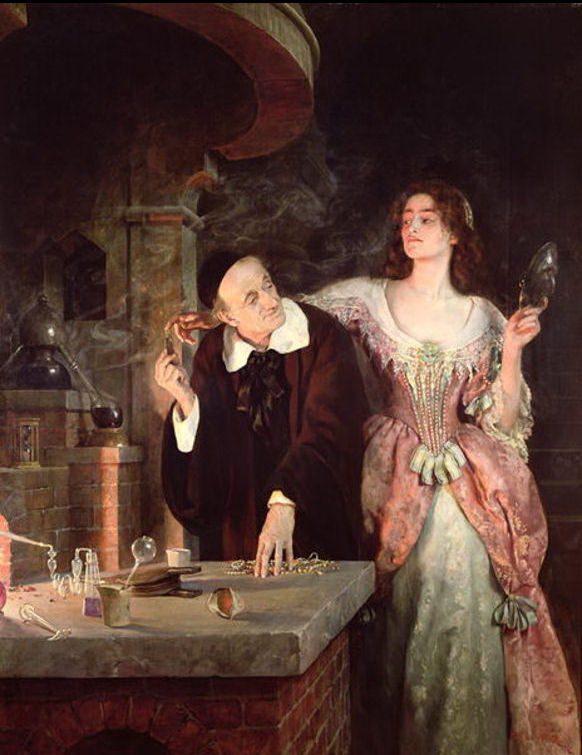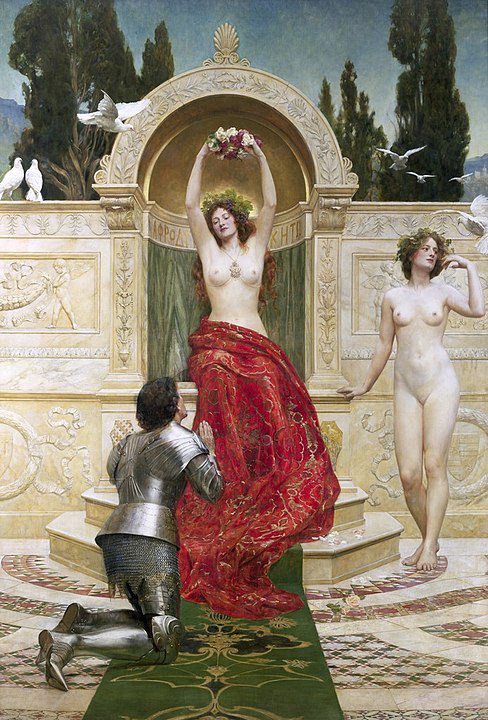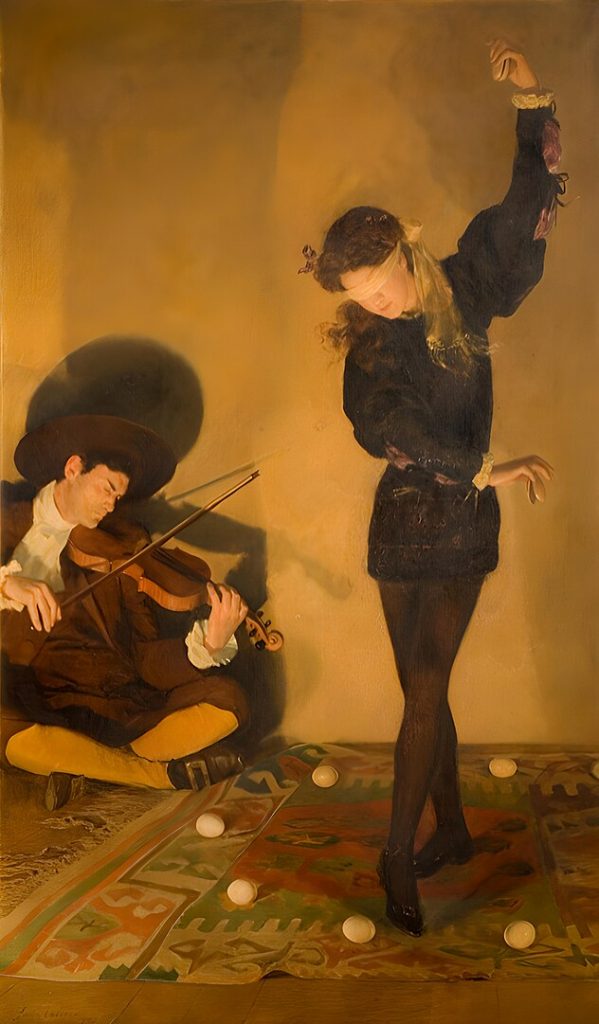
John Maler Collier (1850–1934) was a prominent British artist known for his distinctive contributions to the Pre-Raphaelite movement and for his work as a portrait painter, writer, and influential figure in the late Victorian and Edwardian art scenes. Collier’s artistry is celebrated for its technical skill, detailed realism, and the depth of psychological insight into his subjects, which ranged from notable societal figures to mythological and literary themes.
Born in London, Collier was the son of Sir Robert Collier, a distinguished lawyer and later a judge, which provided him an entry into higher social circles and access to influential figures of his time. This connection undoubtedly facilitated his success as a portraitist. Collier trained at the Slade School of Fine Art, where he developed his skills under the tutelage of Edward Poynter, and later, at the Munich Academy, which was known for its rigorous academic training. These experiences helped shape his meticulous approach to painting and his fascination with narrative and allegorical subjects.

Collier’s work is characterized by a blend of Pre-Raphaelite attention to detail and an academic style of painting. He was adept at using color, composition, and meticulous detail to create vivid, lifelike portraits and scenes that often carried deeper symbolic meanings or explored themes from mythology, literature, and history. His portraits, in particular, are noted for their ability to capture the personality and essence of the sitter, making them highly sought after by the elite of British society.
History & Sensuality
One of Collier’s most famous works is “Lady Godiva” (c. 1898), which exemplifies his skill in combining historical themes with a sensual portrayal of its subjects, capturing the tension between the legend and its Victorian interpretation. Another significant work, “Priestess of Delphi” (1891), showcases his ability to infuse classical subjects with a sense of immediacy and psychological depth.

Beyond his painting, John Collier was also an accomplished writer and lecturer on art. He published “A Primer of Art” in 1882, aimed at making art history and theory accessible to a broader audience, and “The Art of Portrait Painting” in 1905, which reflected his extensive knowledge and experience in the field. These works contributed to the education of both artists and art enthusiasts, cementing his role as an influential figure in the art world.
Loyal to His Style
Despite the changing tastes and the rise of modernism in the early 20th century, Collier remained committed to his style and continued to receive commissions for his portraits. His work provides a valuable insight into the cultural and social milieu of his time, offering a window into the lives and characters of his subjects.

John Maler Collier’s legacy is that of a versatile and skilled artist who bridged the Victorian and Edwardian eras, capturing the likenesses and personalities of his era’s leading figures. His paintings remain a testament to his technical skill, his understanding of human psychology, and his ability to narrate through art. Today, his works are held in high regard and can be found in galleries and private collections around the world, continuing to fascinate and engage audiences with their beauty and depth.




